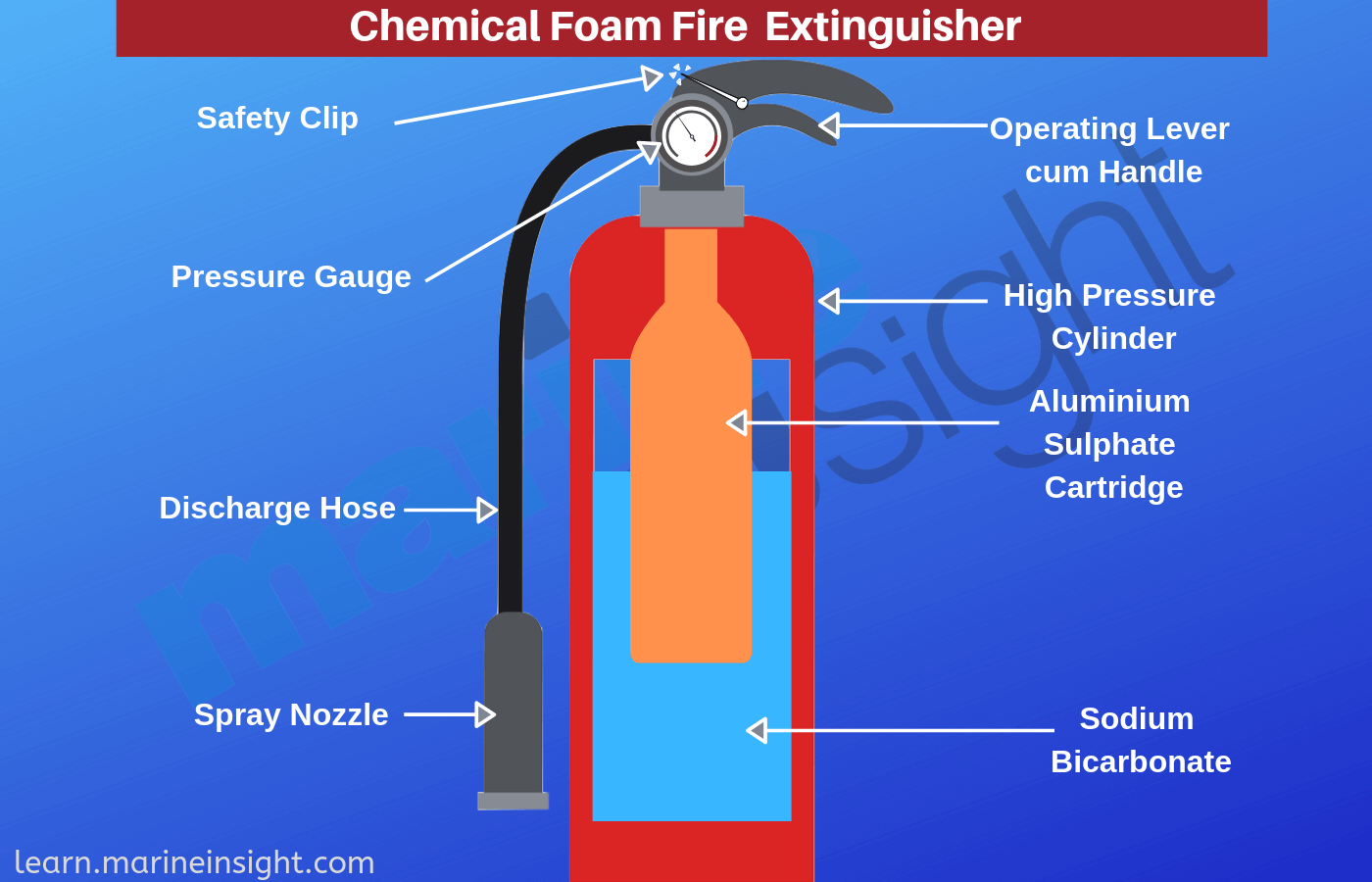A fire fighting pump is a pressure-increasing component of fixed water supply systems for fire suppression systems. They are also critical components integrated into fire trucks and boats.
They are used if the existing water supply cannot meet the hydraulic design requirements as determined by fire safety professionals. NFPA 20 standard requires reliable power sources for these driver types including electrical motors, diesel engines and steam turbines.
Power Source
A fire fighting pump must be powered by a reliable source of electricity. It can be supplied by a normal utility feed or an onsite generator. Onsite generators are typically diesel engines and must be located in a dedicated powerhouse on the property of the fire pump installation. Phase converters are not allowed because they create voltage imbalance and have a negative impact on the fire pump controller.
Chapter 9 of NFPA 20 defines a specific set of requirements for the supply conductors that run to the fire pump system and the associated overcurrent protection. Specifically, they must be sized for a maximum voltage drop of 15% during motor starting conditions and 5% at 115% FLA for running conditions.
During emergencies, the fire department may need to enter the fire pump room to check on the pumps’ status and condition. For this reason, the disconnecting means must be clearly identified and separate from other disconnects in the facility. It must also be locked in the closed position and monitored to ensure it remains closed.
Flow Rate
A fire pump has a rated flow and a set pressure that is determined during a factory performance test. The results of this test are graphically represented on what is known as a pump performance curve.
Typically, AHJs who are familiar with the requirements of NFPA 1901 will see a pump on a performance curve that is rated for 1,000 gpm. If the system demand flow is less than or equal to 750 gpm, then this particular model pump should work fine for the job, so long as the suction pressure at churn (no-flow PD) and the rated point to churn are not exceeded.
Engineers need to understand these parameters so that they can find the “sweet spot” of a pump for a project. Remember that it is the gpm flow of water that extinguishes fire, not the pressure of the stream. Finding this “sweet spot” will ensure that a fire fighting pump is sized correctly and code compliant.
Discharge Pressure
Fire fighting pumps are rated by the manufacturer to produce a certain amount of net pressure at their rated flow. This is important, as the pump needs to be able to provide an adequate stream that can overcome the British thermal units being generated by the fire to extinguish it.
This calculation takes into account friction loss, which happens each time water runs through hoses, couplings and appliances. Keeping this in mind can turn the pump operator from a knob puller who sets predetermined figures on the gauge to an engineer capable of providing the nozzleman with the correct amount of water at the fire scene.
Additionally, the calculation must take into account elevation. Many times, the fireground is on a slope, meaning the pump will need to be able to flow the hoseline uphill and then back downhill. This is often accomplished through the use of a hydraulic system.
Design
A fire pump needs to be designed in a way that it can meet the unique demands of each site. For example, some buildings may have a standpipe system in addition to sprinklers. In this situation, the building’s hazard analysis must include a determination of the maximum standpipe demand. This must be done prior to sizing the fire fighting pump.
The design of a fire pump should also account for the structure’s height. High-rise structures require a higher pressure to reach the top floor from the lowest level of fire department vehicle access. This is determined through a calculation using software specifically designed for fire sprinkler hydraulic calculations.
The most common driver type for fire pumps is an electrical motor, which is outlined in NFPA 20 Chapter 9. The motor takes electrical power from a utility connection or generator and spins the shaft that provides water to the system. A steam turbine system is another option, but this is less common.

